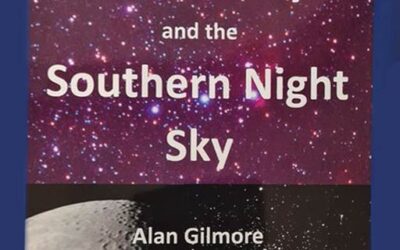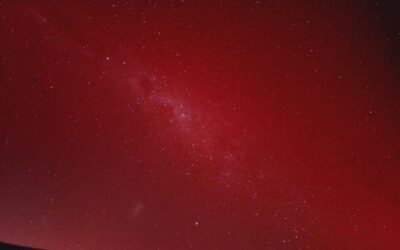Hamurana Skies has been operating since November 2024. In that time the biggest challenges that we have faced firstly is the quite low frequency of...
Astronomy Articles
Stormy Easter Weekend and the James Webb Telescope for Indoor Astronomy
With Easter weekend upon us we have had quite of bit of interest from people who were planning to come to Rotorua this weekend. Unfortunately,...
Earlier Guided Tours for Autumn and Winter
With the conclusion of daylight savings as well as the sun setting earlier, and of course with the weather permitting we can now run our guided...
Do you have a Dobsonian Telescope but don’t know how to use it?
We can help! According to many enthusiasts, Dobsonian telescopes offer the best bang for buck. We run and have upgraded off the shelf Dobsonian...
The Great Nebula in Orion (the “Pot”)
This is the beautiful Orion Nebula very much as it appears through our telescopes at Hamurana Skies. The Orion nebula is in the star shape known to...
Galaxies over Hamurana
In the Southern Hemisphere we are lucky enough to be able to see with the naked eye the Large and Small Magellanic Clouds which are dwarf galaxies...
Our 12 inch Dobsonian 300P Goto Telescope
All good quality telescopes are rated by aperture which is the diameter of the optical tube and in the case of this telescope the mirror that...
Astronomy Weather at Hamurana this Week
Astronomy is of course a a weather dependent activity. To find out the astronomy weather conditions at Hamurana this week please click on this link.
Book Review: Astronomy and the Southern Night Sky
The perfect book for any southern hemisphere astronomy enthusiast.
Alan Gilmore is a physicist and professional astronomer with an illustrious career of sixty years and is a fellow of the Royal Astronomical Society of New Zealand.
The author has significant experience in outreach with the general public. This book is set out like an encyclopaedia and explains astronomical concepts in clear easy to read plan language for laypeople.
Topics discussed in the book include the movement of objects in the sky, the moon and eclipses, the solar system, the sun, stars and nebulae, telescopes, astronomical societies, dark sky movements, citizen science, a history of astronomy, objects to look at in the sky, and star charts.
Hamurana Skies Limited highly recommend this book.
Observation: The Aurora at Hamurana
The Milky Way seen through the Aurora at Hamurana on May 11 2024.
In the bright area are just to the left of centre of the photo the Southern Cross, Alpha and Beta Centauri, the Coal Sack Dark Nebula are visible. To the right of the Southern Cross the bright Great Nebula in Carina can be seen. Star birth and death is ongoing in this nebula. In 1843 a massive super nova explosion occurred briefly making Carina the brightest object in the sky. The Carina Nebula is probably my favourite deep sky object.
The Large and Small Magellanic Clouds which are dwarf galaxies that orbit our own Milky Way galaxy can both be seen above the roof of the house. The Magellanic Clouds are named after Ferdinand Magellan who was the Portuguese explorer who led the Spanish oceanic expedition of 1519-1522 that sailed right around the world to achieve the first recorded circumnavigation of the Earth.
These deep sky objects are normally visible with the naked eye in the bortle 3 sky above our property. On this occasion the Aurora provided a gigantic red filter for the whole sky from the zenith right down to the horizon in all directions.
Never in my life have I seen such a thing. Whether we get to see a such a strong Aurora like this again remains to be seen. With the Sun currently being at a solar maximum for activity this is entirely possible.


